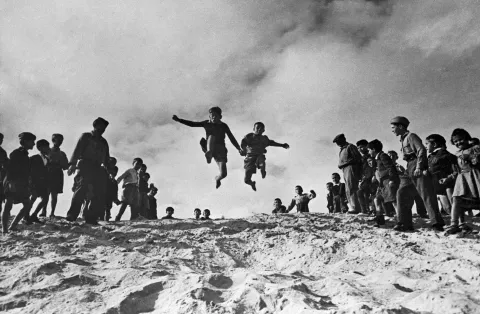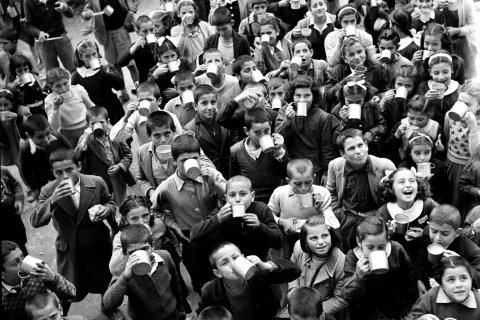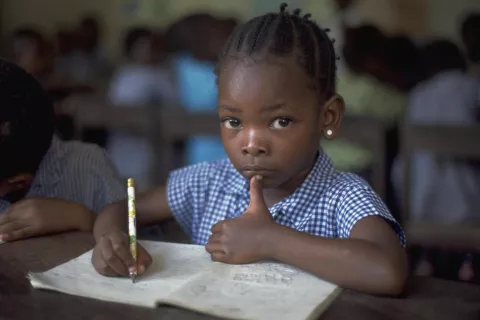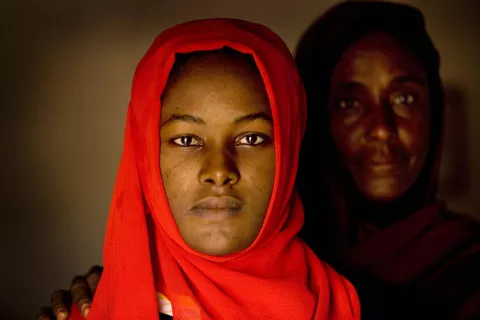Moving with the times: 1980–1988
Discover the importance of data and research in UNICEF’s efforts for child survival and development.

With new knowledge backed by data, UNICEF increased the urgency of its appeals – healthy children need essential resources.
1980

“We need to give children’s essential needs a ‘first call’ on society’s resources.”
1982
UNICEF launches the Child Survival and Development Revolution, a drive to save the lives of millions of children each year. Special emphasis is placed on four low-cost measures: growth monitoring, oral rehydration therapy, promotion of breastfeeding, and immunization (together they are sometimes referred to by the acronym GOBI).

A series of posters introduced in the 1980s features the tagline,
“What would you like to be when you grow up? Alive!”
1983
To accelerate advances in education, UNICEF endorses a joint primary education and literacy programme with the United Nations Educational, Scientific and Cultural Organization (UNESCO).
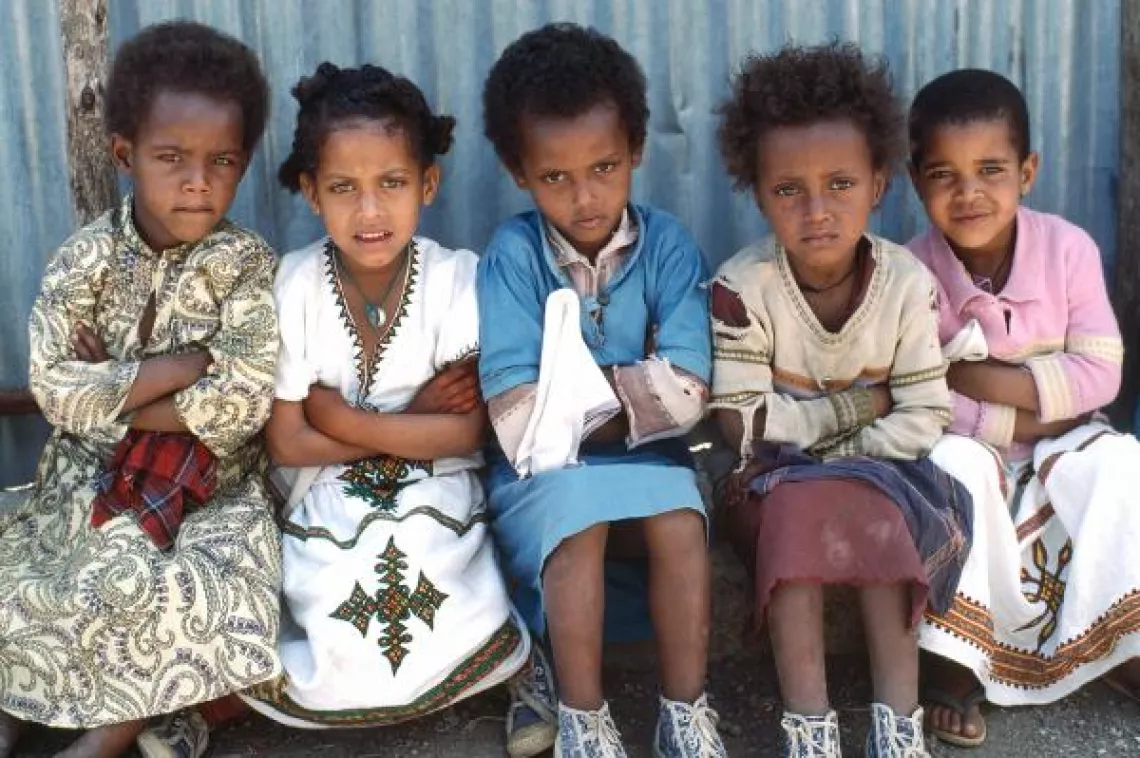
1985
A cease fire in El Salvador’s civil war, based on the UNICEF-supported concepts of "children as a zone of peace" and "periods of tranquility" for humanitarian assistance, allows for three days of mass immunization of children. This approach is later applied in Lebanon (1987), Sudan (1989), Iraq (1991), and elsewhere with increasing frequency into the 1990s.

1986
The publication of the report Children in Especially Difficult Circumstances raises awareness of the need for child protection.

The Earth Run in India symbolizes a global wish for peace and international cooperation ─ while helping to raise funds for UNICEF.
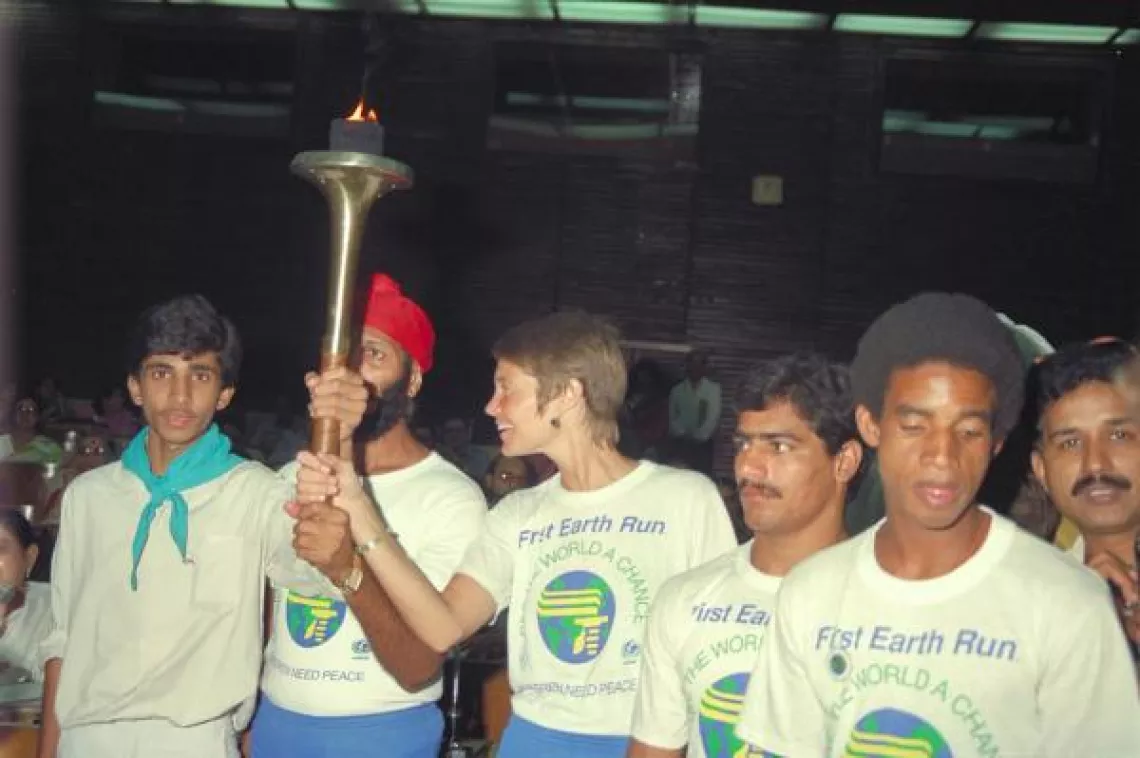
By the end of 1986, 1.5 million children are still alive as a result of universal child immunization and oral rehydration therapy.

1987
Developing countries are hard hit by global economic crises. The landmark report Adjustment with a Human Face calls for national programmes and policies to protect the rights of women and children especially during economic downturns.

1988
The International Child Development Centre is established to oversee research for children at the historic Innocenti building in Florence, Italy.

“We must find ways to improve our abilities to be creative, to be highly effective professionals, and to be good managers and mobilizers.”
With more countries becoming aware of the challenges facing many children around the world, learn how UNICEF worked to bring about change.

